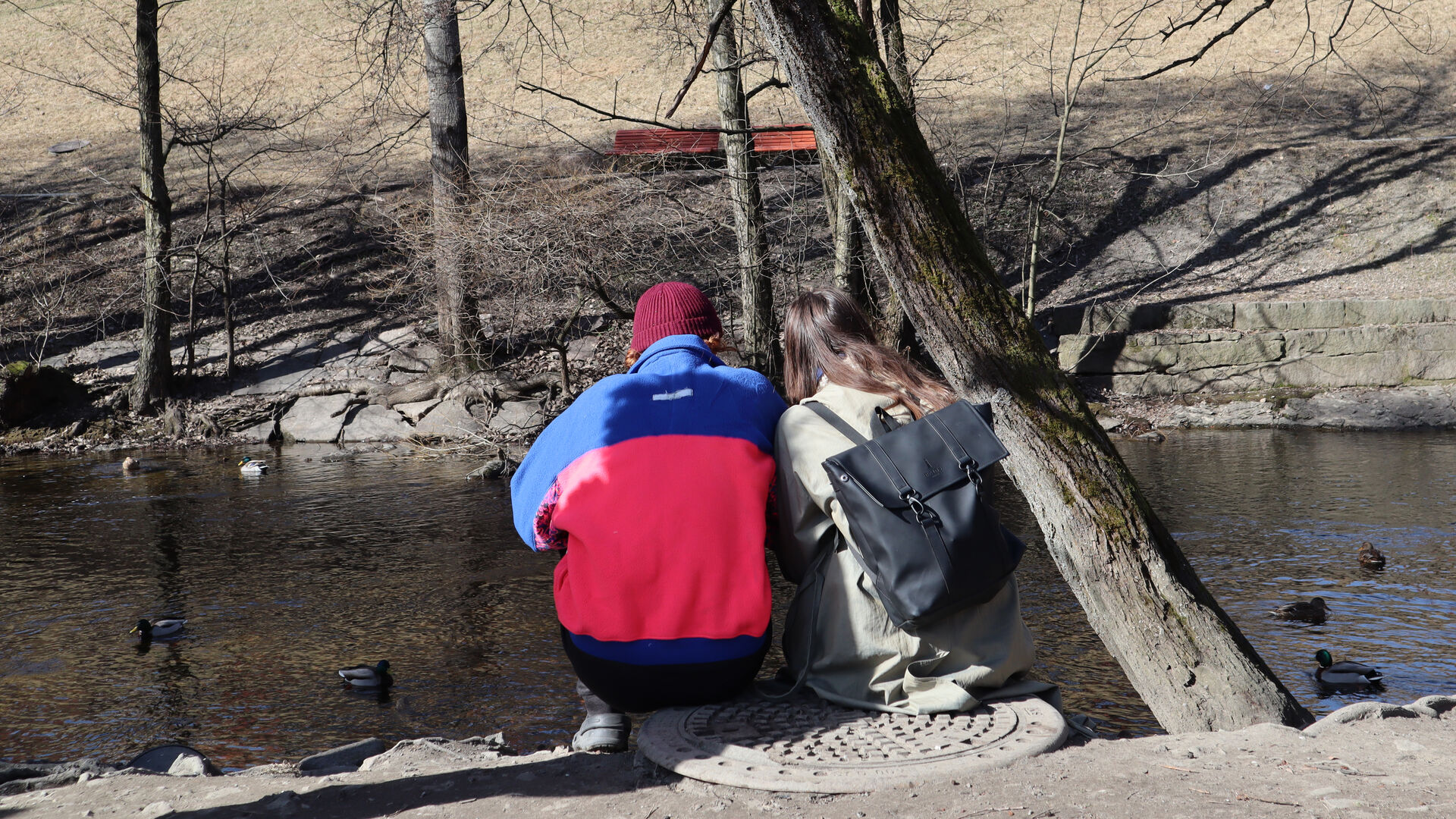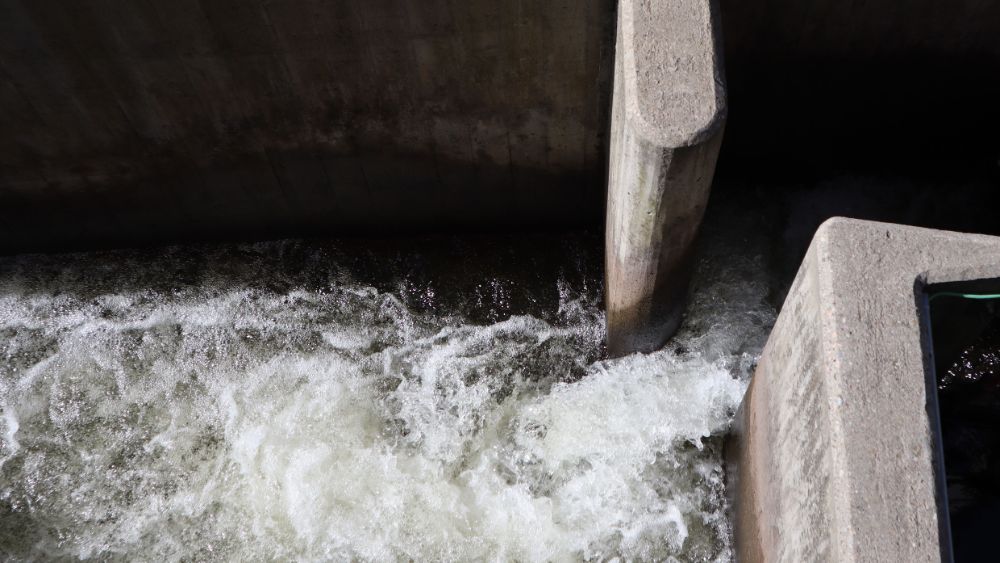On 2 April, the students of the Honours Certificate programme went on an excursion along Akerselva. A key focus of the excursion was sounds, and being attuned to the different sounds by the river, both natural and man-made. The students were also tasked with listening, noticing and 'tuning in' to different sounds, to see how sounds affects us.
Among others, the students were accompanied by journalist and former UiO student, Ingerid Salvesen. Salvesen is working with interviews, oral history and sound archives of the river. During the walk along the river, she introduced the students to a prototype of an Akerselva soundwalk, through Echoes, an interactive soundwalk app. The students played the soundwalk through parts of their walk, which involved both sounds and stories from the area: music inspired by the sounds of the river, nature narratives, and more.

By Nedre Foss Gård, design historian Malin Graesse, talked about the local salmon ladder (pictured at the top of the article). The salmon ladder is an example of human and nonhuman entanglements along the river, which also is part of Graesse's doctoral work which questions how fishways blurr sharp the distinctions between nature and culture, the human and the more-than-human, and the rural and urban.
This excursion continues to build on the main purpose of the field excursion, which is to encourage the students to think about multispecies or more-than-human methodologies: engaging with animals and nonhuman others, both living and non-living.
